


Books in series

Edmund Burke's Aesthetic Ideology
Language, Gender and Political Economy in Revolution
1993

Poetry as an Occupation and an Art in Britain, 1760–1830
1993

In the Theatre of Romanticism
Coleridge, Nationalism, Women
1994

Literature, Education, and Romanticism
Reading as Social Practice 1780-1832
1994

Shelley and the Revolution in Taste
The Body and the Natural World
1995

Women Travel Writers and the Language of Aesthetics, 1716 - 1818
1995

British Satire and the Politics of Style, 1789–1832
1997

De Quincey's Romanticism
Canonical Minority and the Forms of Transmission
1997

Coleridge on Dreaming
Romanticism, Dreams and the Medical Imagination
1997

Rousseau, Robespierre and English Romanticism
1995

Romanticism, Aesthetics, and Nationalism
1995

The Crisis of Literature in the 1790s
Print Culture and the Public Sphere
1995

Romantic Poets and the Culture of Posterity
1999

Romantic Atheism
Poetry and Freethought, 1780–1830
1996

Imagination under Pressure, 1789–1832
Aesthetics, Politics and Utility
1996

Romanticism and the Human Sciences
Poetry, Population, and the Discourse of the Species
1996

Women Writers and the English Nation in the 1790s
Romantic Belongings
1997

The Anti-Jacobin Novel
British Conservatism and the French Revolution
1997

The Romantic National Tale and the Question of Ireland
1998

Knowledge and Indifference in English Romantic Prose
1999

Romanticism, Maternity, and the Body Politic
1999

Anger, Revolution, and Romanticism
2005

The Invention of Evening
Perception and Time in Romantic Poetry
2006

The Lake Poets and Professional Identity
2007

Science and Sensation in Romantic Poetry
2008

Scotland and the Fictions of Geography
North Britain 1760 - 1830
2008

Wordsworth, Commodification, and Social Concern
The Poetics of Modernity
2009

Fracture and Fragmentation in British Romanticism
2010
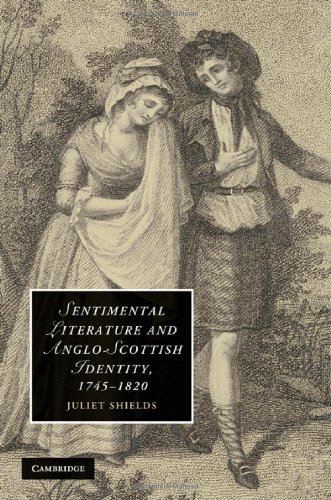
Sentimental Literature and Anglo-Scottish Identity, 1745 – 1820
2010

Romantic Tragedies
The Dark Employments of Wordsworth, Coleridge, and Shelley
2011
Idleness, Contemplation and the Aesthetic, 1750-1830
2011

Shelley's Visual Imagination
2011

A Cultural History of the Irish Novel, 1790–1829
2011

Literature, Commerce, and the Spectacle of Modernity, 1750-1800
2012

Romanticism and Childhood
The Infantilization of British Literary Culture
2012

Wordsworth and the Enlightenment Idea of Pleasure
2012

The Romantic Crowd
Sympathy, Controversy and Print Culture
2013

Romantic Women Writers, Revolution, and Prophecy
Rebellious Daughters, 1786–1826
2013

Britain, France and the Gothic, 1764–1820
The Import of Terror
2013

Transfiguring the Arts and Sciences
Knowledge and Cultural Institutions in the Romantic Age
2013

Shelley and the Apprehension of Life
2013

Romanticism and Caricature
2013

The Late Poetry of the Lake Poets
Romanticism Revised
2013

Poetics of Character
Transatlantic Encounters 1700 - 1900
2013

Forging Romantic China
Sino-British Cultural Exchange 1760–1840
2013

Coleridge and the Philosophy of Poetic Form
2014

Romanticism in the Shadow of War
Literary Culture in the Napoleonic War Years
2014

Slavery and the Politics of Place
Representing the Colonial Caribbean, 1770–1833
2014

The Orient and the Young Romantics
2014

Lord Byron and Scandalous Celebrity
2014

Radical Orientalism
Rights, Reform, and Romanticism
2015
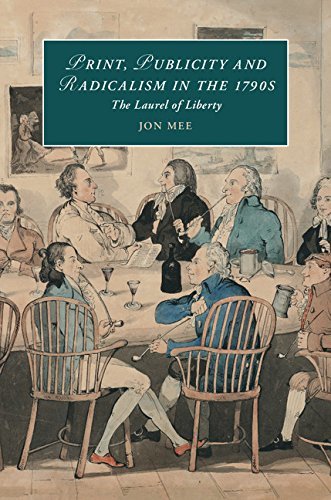
Print, Publicity, and Popular Radicalism in the 1790s
The Laurel of Liberty
2016

Wordsworth and the Art of Philosophical Travel
2016
Romanticism, Self-Canonization, and the Business of Poetry
2017
Eighteen Hundred and Eleven
Poetry, Protest and Economic Crisis
2017

Urbanization and English Romantic Poetry
2017
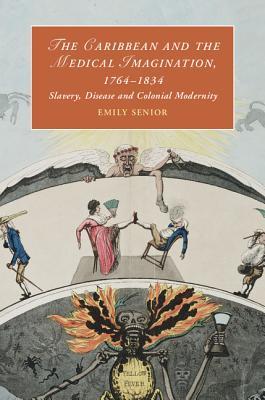
The Caribbean and the Medical Imagination, 1764–1834
Slavery, Disease and Colonial Modernity
2018
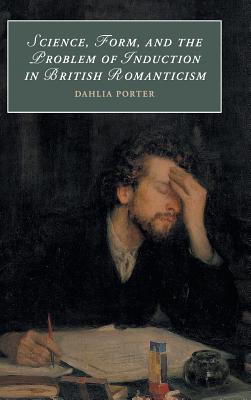
Science, Form, and the Problem of Induction in British Romanticism
2018
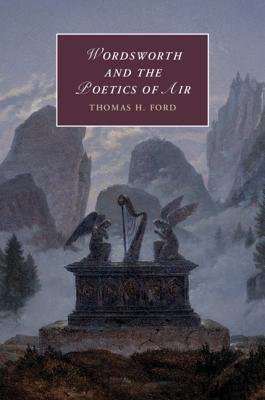
Wordsworth and the Poetics of Air
2018
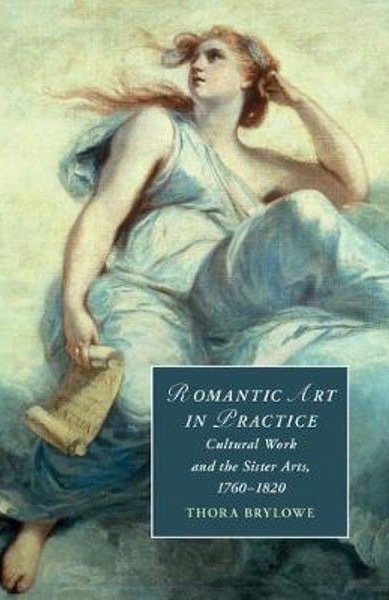
Romantic Art in Practice
Cultural Work and the Sister Arts, 1760–1820
2018
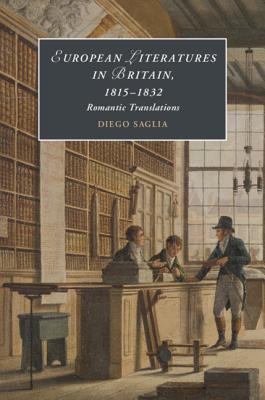
European Literatures in Britain, 1815-1832
Romantic Translations
2018
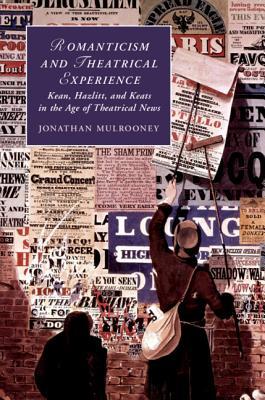
Romanticism and Theatrical Experience
Kean, Hazlitt and Keats in the Age of Theatrical News
2019
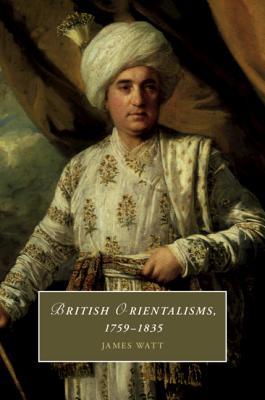
British Orientalisms, 1759 - 1835
2019
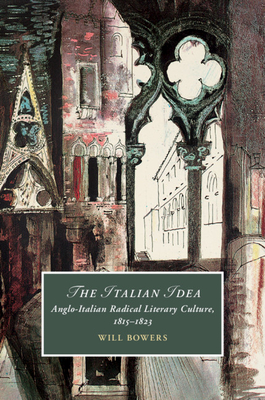
The Italian Idea
Anglo-Italian Radical Literary Culture, 1815-1823
2019
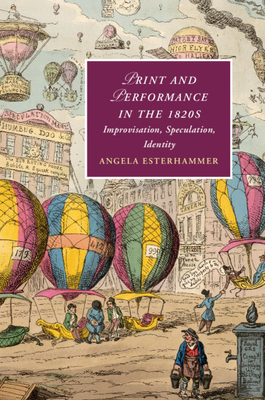
Print and Performance in the 1820s
Improvisation, Speculation, Identity
2020
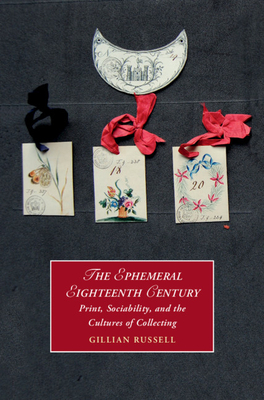
The Ephemeral Eighteenth Century
Print, Sociability, and the Cultures of Collecting
2020
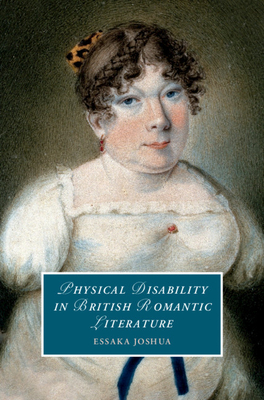
Physical Disability in British Romantic Literature
2020
Authors

Alan Richardson grew up in Washington State, backpacking and mountain climbing in the North Cascade and Olympic ranges from a young age. He has taught English and American literature at Boston College for over thirty years and is author or editor of a number of scholarly books. A Zen Buddhist since the age of 18, he serves as a Dharma Holder in the Boundless Way Zen community and Guiding Teacher for the Sky Flower Zen sangha.. Based in Eastern Massachusetts, he frequently hikes and backpacks in the Taconics, the Berkshires, the Green Mountains, the White Mountains, and the Mahoosucs. His most recent book is Breakfast With Salamanders: Seasons on the Appalachian Trail. Librarian Note: There is more than one author in the Goodreads database with this name.
Librarian Note: There is more than one author in the Goodreads database with this name. David Simpson is Distinguished Professor of English of UC Davis, Yolo County. He obtained his B.A. from Magdalene College, Cambridge in 1973, his M.A. from the University of Michigan in 1974 and earned his Ph.D. from Magdalene College, Cambridge in 1977. He taught at Columbia, University of Colorado, Northwestern University, and Cambridge, before joining UC Davis in 1997.

